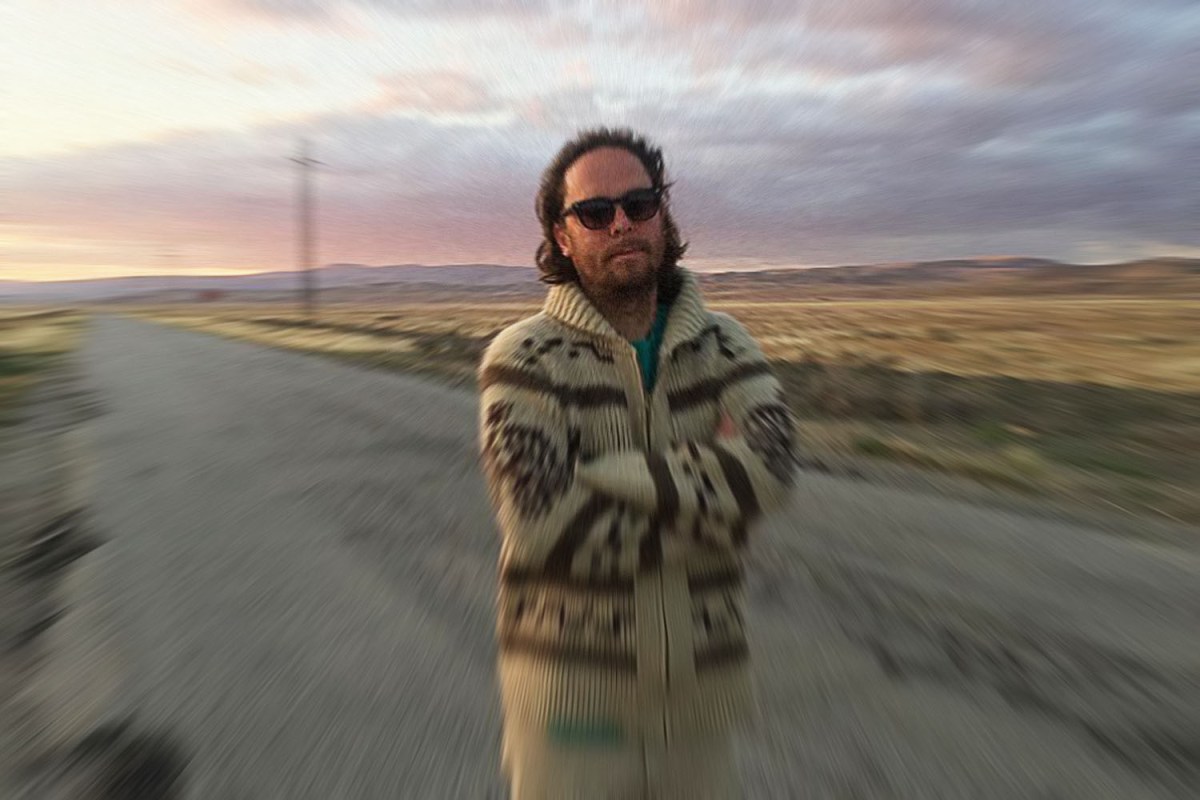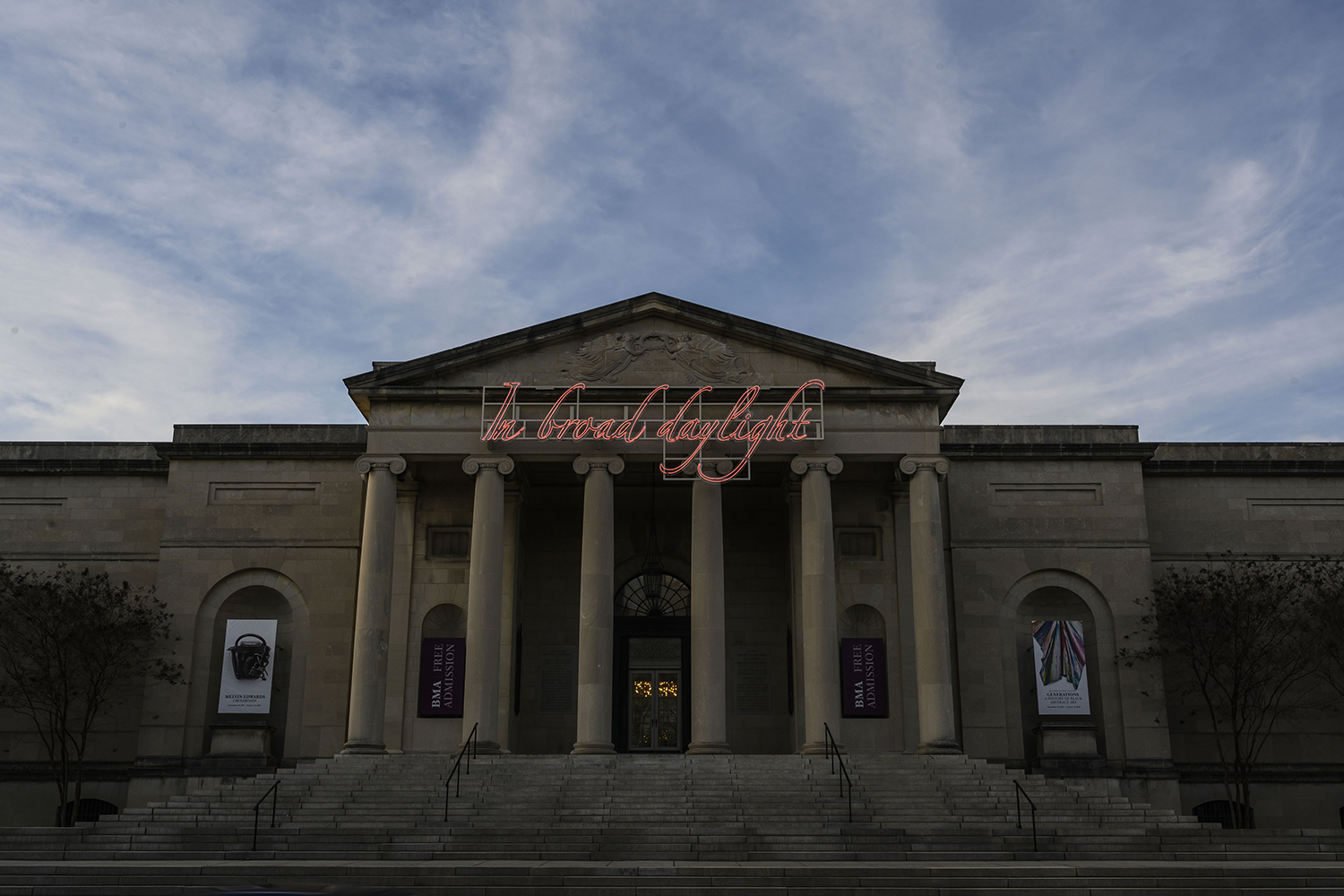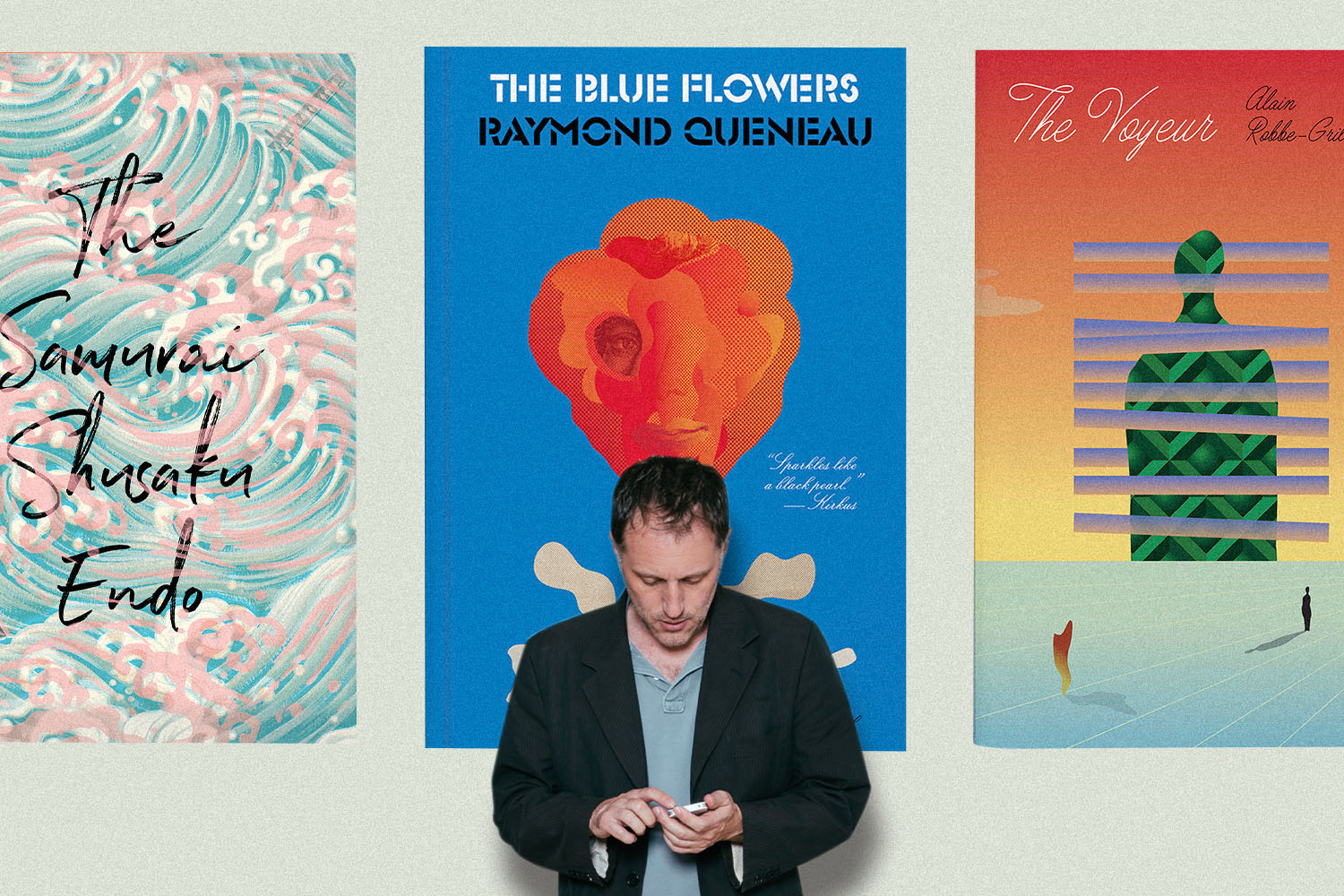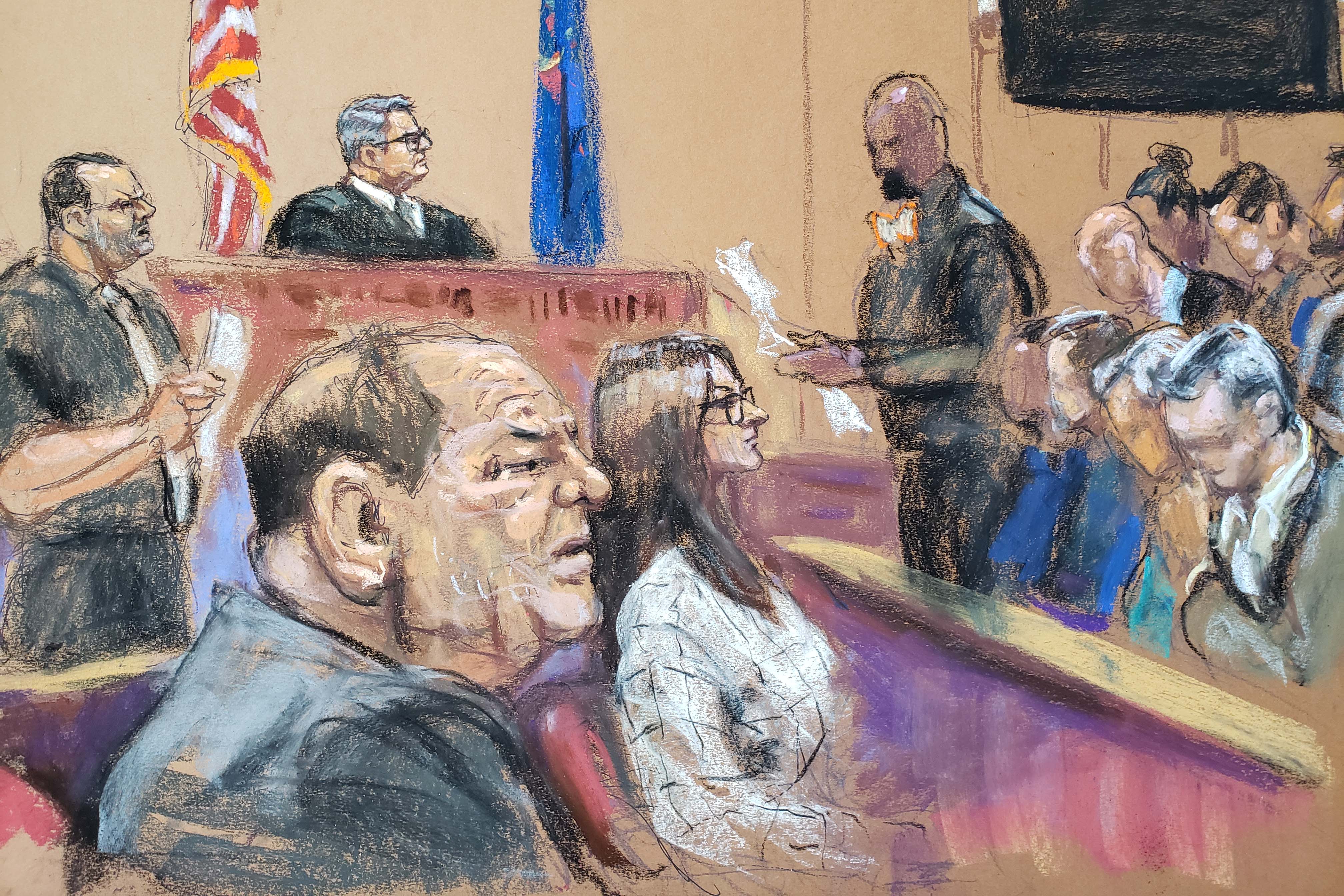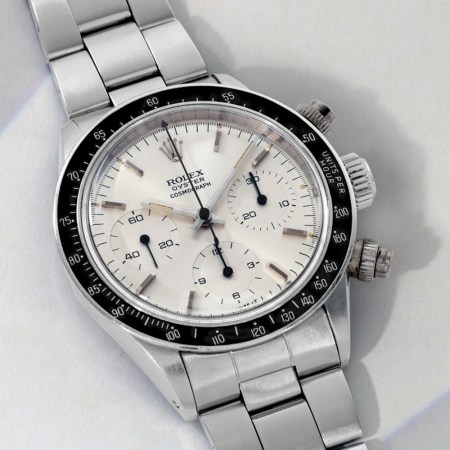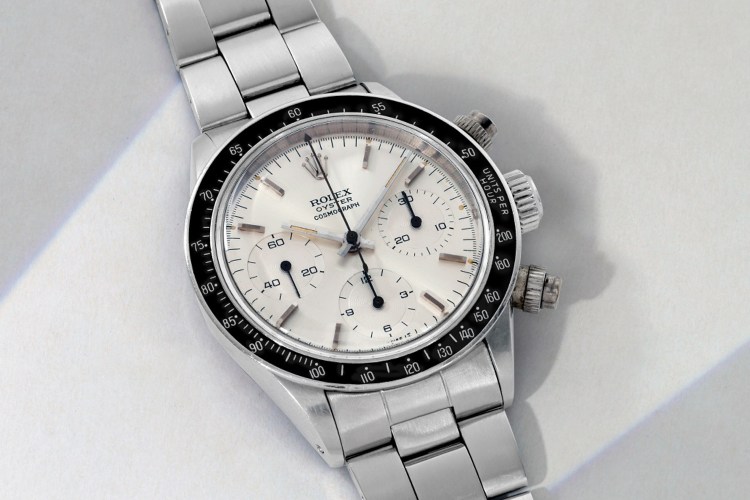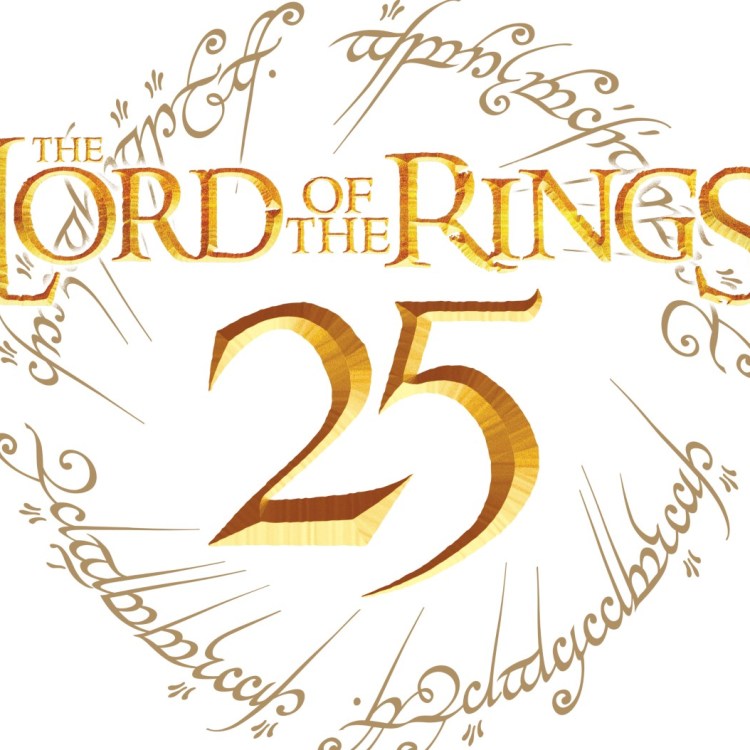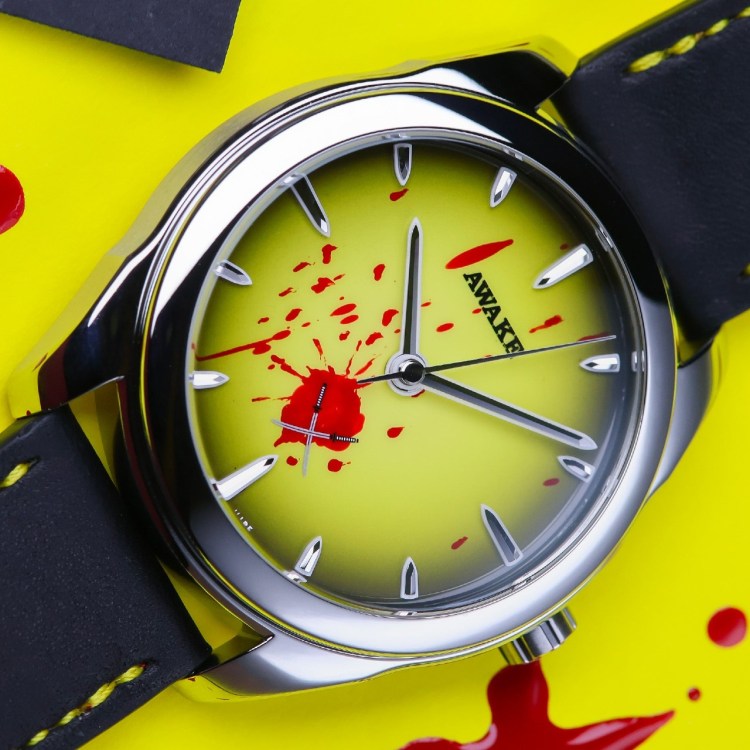The best thing about Ezra Koenig, host of the cult-favorite internet radio show Time Crisis, is that he treats every cultural artifact that comes across his desk with the same care. The best thing about the show’s other host, Jake Longstreth, is that he absolutely does not. Founded in 2015 by Koenig, who is also the frontman of the popular indie rock band Vampire Weekend, Time Crisis currently airs every two weeks on Apple Music. In the five years since its inception, the show has grown considerably, including the addition of Longstreth, noted humorist and parody expert Jason Richards (aka @Seinfeld2000), and producer Nick Weidenfeld.
With an ever-escalating crew of guests and friends of the show, conversations can stretch to include almost anything, whether it be appearances from experts in Big Candy, like Hershey’s Marketing Director Ryan Riess, who recently guested to dismiss TC conspiracy theories about seasonal Reese’s Cup formulas, to actual musical legends like David Crosby and Bob Weir, or even comedic royalty like Desus Nice and The Kid Mero. Despite the rotating cast of characters, Jake’s role remains singular. Whoever is present, and particularly when no guests are around, the constant push and pull between Ezra and Jake’s dual approaches to pop culture is the core of what makes Time Crisis fascinating — and what makes it so fucking funny.
“It didn’t really become Time Crisis until Jake was a permanent co-host,” Koenig tells InsideHook via email. “He’s a powerful presence. He defines the show just as much, if not more, than I do.” And when it comes to frequent Time Crisis beats, like fast food and rock music, Ezra noted that Jake’s frankness on all subjects is part of what makes him so beloved. “Corporate food history, classic rock, Home Depot — that’s pure Jake. He also brings a candor and a realness to the show. He’s willing to say ‘I don’t like this and I don’t give a fuck’ about some new cultural product that everyone is fawning over. Obviously, our culture has no shortage of haters and contrarians, but Jake is actually a kind dude, so his takes feel deeply refreshing.”
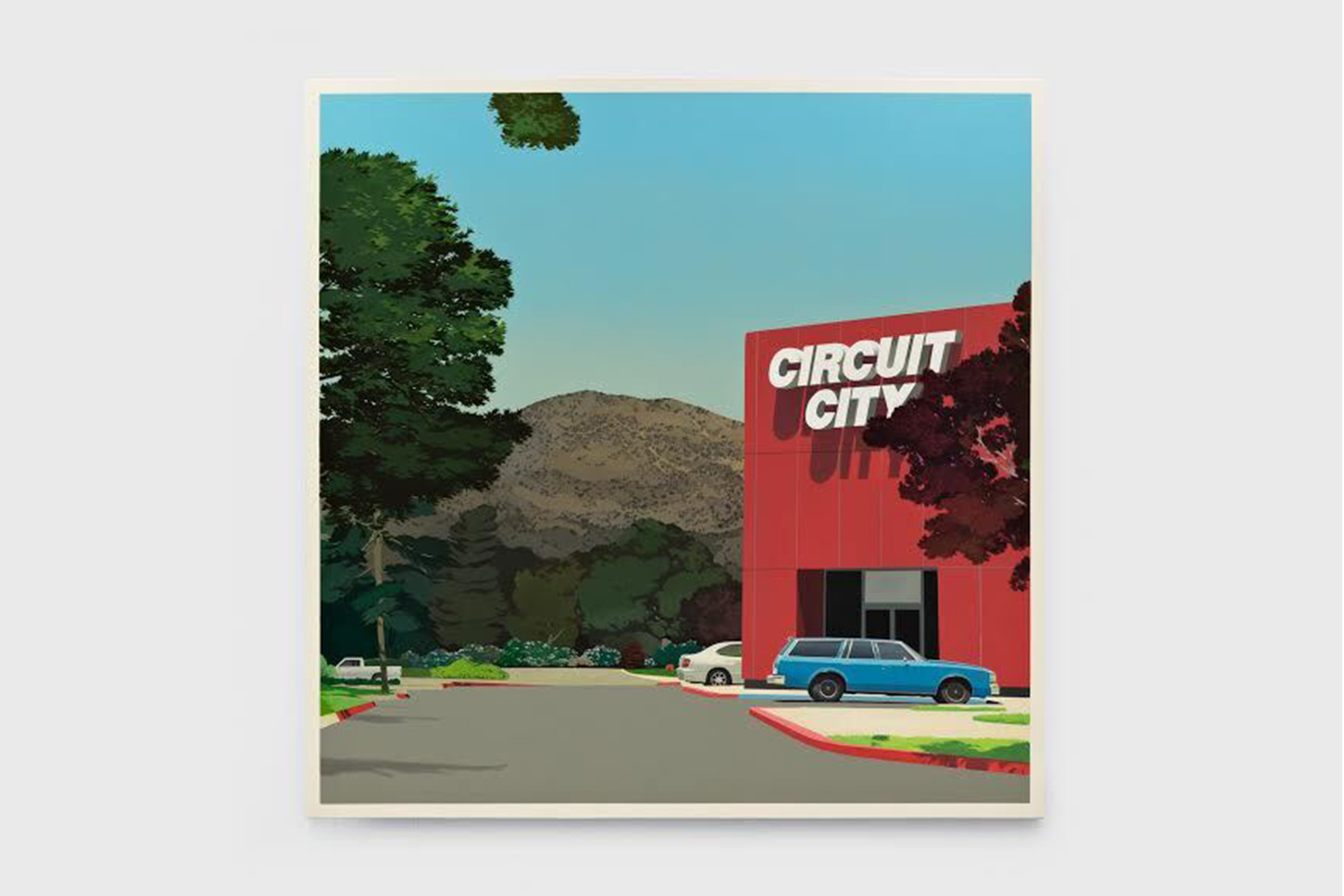
Over the course of the last few years, Jake’s position has been, in his own words, to provide the perspective of a “slightly curmudgeonly older guy.” Case in point: In a recent episode centered around Travis Scott’s blockbuster collaboration with McDonald’s, Jake eventually admitted he had no idea who Travis Scott was. Nor did he care. This element — his complete lack of awareness when it comes to viral trends and internet darlings — is the elusive perspective that a now-endless glut of podcasts, radio shows and other auditory content are lacking: someone who is happy to comment only within their own realm of knowledge and interests. Someone who isn’t afraid to publicly not know things.
“Jake is the voice of reason on Time Crisis,” Richards (@Seinfeld2000) tells InsideHook via Twitter DM. “He transcends the desperate need many of us are bound to — of being totally up to date on the excruciating minutia of pop culture. He doesn’t know who Dua Lipa is and is completely at peace with that. So he can often provide a pure outsider’s perspective that, like a Junior Mint, is very refreshing.” Longstreth might be an outsider in some ways, certainly to the show’s largely millennial audience, but at 43, he also possesses specific cultural knowledge on subjects that still resonate, even if they’re more esoteric. Some of his earliest segments on Time Crisis, initially appearing as just a friend of the show, involved teaching young listeners about the importance of old-head bands like the Grateful Dead, the Eagles and Thin Lizzy.
“I’m very rarely ironic on the show, I’m pretty straightforward,” Longstreth explained during a recent phone interview. “I’m not a music industry professional, and I’m not a journalist. I’m a middle-aged guy that, at some point, stopped following the music that fifteen-year-olds are listening to. That’s the natural course for most people. I still like the music I liked when I was in college — ‘90s indie rock, classic rock — that’s my bread and butter.”
Although, Jake’s real bread and butter isn’t rock music at all, it’s painting. After attending undergrad at Portland’s Lewis and Clark College, he received an MFA from California College of the Arts in San Francisco in 2005, and since then his landscape paintings have been regularly exhibited in California and New York. And according to Margaret Zuckerman, director of the Nino Mier Gallery, the demand for a Jake Longstreth original is high.
The Mier Gallery is a West Hollywood art gallery that’s been quietly expanding near the intersection of Santa Monica and La Brea over the last five years. They frequently feature Jake’s work, including a solo exhibition at the gallery and two art fair presentations in the last year. Zuckerman notes that in a modern climate that emphasizes figurative painting with an emphasis on identity narratives, a landscape painter eliciting such a strong reaction from their clients and the public is extremely rare. Initially drawn to Jake’s handling of light and the realist style of his paintings, Zuckerman compared him to other Los Angeles-focused painters like Ed Ruscha.
“Ruscha is someone who elevated banal Los Angeles and western architecture into the realm of fine art, by choosing to paint something as boring as a gas station,” Zuckerman says. “Ruscha’s images are what came to mind when I saw Longstreth’s architectural work. Longstreth is painting modern life from the perspective of ‘90s architecture: the ubiquitous, beige shopping centers and strip malls that have proliferated across Southern California. They’re both painters of architectural scenes that celebrate ugliness, in a way. But the most impactful quality of Longstreth’s art is his handling of light. The effect of the California sun is really felt in his paintings, they exude a specific sense of place; at least to us Californians, that light feels very recognizable.”
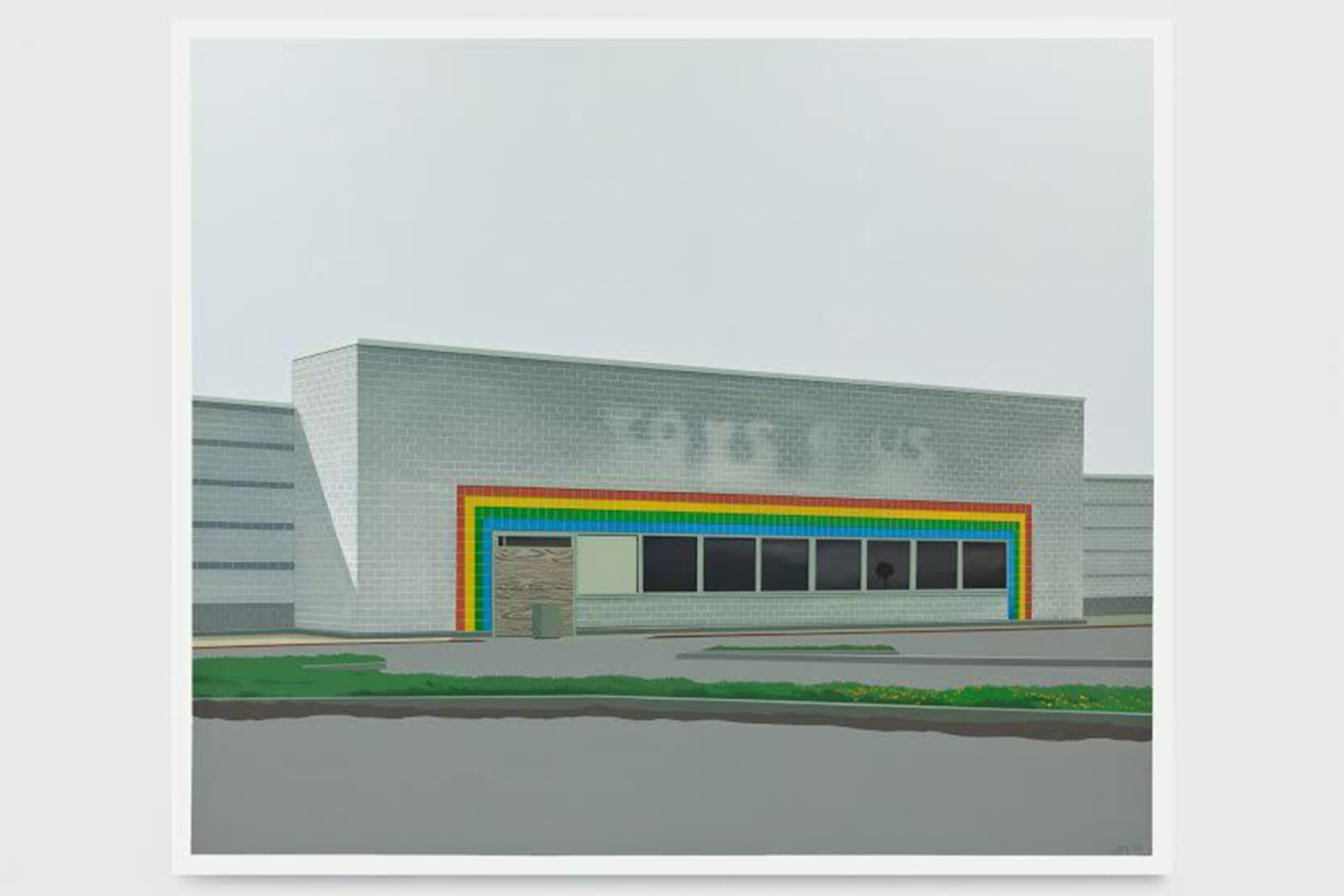
In his paintings, Longstreth often engages with now-defunct corporate buildings that litter American cityscapes. Occasionally obliterated by the shift to internet e-commerce, these monolithic structures nonetheless represent the most realistic landscape that late capitalism has wrought. “Longstreth straddles a line between humor, beauty and a frank appraisal of what we’ve built,” Zuckerman asserted in the Mier gallery’s 2019 preview of Longstreth’s exhibition, Brick And Mortar / Seven Trees. When he isn’t painting commercial hubs, his portrayal of nature retains the same raking light and realism as his architectural depictions, strongly evoking California.
And the irony of encountering an eight-foot painting of a Taco Bell or an Office Max isn’t lost on those familiar with Jake’s sense of humor, which is usually on full display during Time Crisis episodes. In Zuckerman’s opinion, Longstreth uses humor to undergird his potential criticism of consumerism. “Longstreth’s work can be seen as a reflection of American’s worship of capitalism, the way we worship fast food, convenience, and these megabox stores like Wal-Mart,” Zuckerman said. “It reads to me as a tongue-in-cheek jab at American culture: we lionize these giants of commerce, and Longstreth lionizes that through painting, especially in such a large scale, as a way to repeat the joke. There’s a sense of deadpan humor, but also the sense of turning a critical eye to American consumerism.”
From Jake’s perspective, creating a beautiful painting of a stark, corporate environment is one method of addressing the paradox of creative work under capitalism. “I’m earnestly trying to make beautiful paintings of this cookie cutter, soulless environment,” Longstreth said. “Like the parking lot of a Toys ‘R’ Us, depicting that with a fidelity to what reality is, but also making that painting beautiful and visually arresting. I’m trying to strike a balance that’s a little funny, a little sad, and that acknowledges the reality we’re stuck with, for better or worse.”
Longtime listeners of Time Crisis will recognize that topic as a running theme on the show, and, more recently, as the basis for most of the material in Longstreth’s latest creative outlet, a tongue-in-cheek band called Mountain Brews. Despite a full-time career as a painter, which he describes as basically a 40-hour work week in the studio, Jake has found the energy to be involved with not one but two musical projects: Mountain Brews is the natural progression of his Grateful Dead cover band, Richard Pictures (do the abbreviation number crunch on the band name yourself for a laugh). Though only formed in 2019, Mountain Brews has already gained enough of a following to inspire merch, rack up 30,000 monthly listeners on Spotify, and elicit a cover of the band’s titular song by Vampire Weekend.
Students of indie rock have likely already noticed that Jake shares a last name with Dave Longstreth of Dirty Projectors — and yes, the two are related. Jake is Dave’s older brother, and initially met Ezra while on tour with his younger sibling’s then-developing band. For Dirty Projectors’ latest collection of EPs, a series that highlights solo work from each member, Jake’s art served as artwork for each release, a subtle collaboration between the brothers, each working in their medium of choice. Because as much as Mountain Brews fans might appreciate the band’s three EPs, Jake defines both his musical projects as “hobby rock,” and is careful to note that he’s a professional artist but a “semi-pro” musician.
Fans might quibble with Jake’s definition, though. Dillon Kreiger, who runs the popular bootleg merch site From The Freezer, said he hopes to see a live Mountain Brews show once pandemic restrictions have been lifted. He’s not alone, either. The popularity of Instagram has helped ignite a recent resurgence of bootleg merch, and From The Freezer’s account on the platform, which features fan-created merch for all members of the Time Crisis universe — including Richard Pictures and Mountain Brews, as well as the Grateful Dead and Vampire Weekend — has well over 9,000 followers and counting. Kreiger has created Mountain Brews merch in the past, and currently has several designs in the works to coordinate with the band’s latest EP, Raised in a Place, released in early November.
Standout track “The Worst Margarita of My Life,” a true life story that was first discussed in a TC episode, and later alchemized into a song, has been particularly inspiring. “Jake Longstreth is the dark horse,” Kreiger says. “He’s like the George Harrison of The Beatles. Mountain Brews is great music — I put ‘Margarita’ on for my dad, and he likes it and can relate to it, so I know it’s good. It’s like Jake’s paintings, they’re incredible, but at the same time there’s a twist, like why do I think this Chuck E. Cheese building is beautiful? I can get behind a band that plays good music but their lyrics are funny or off the wall. I would love to see a live Mountain Brews show, hands down. And a physical release putting all three EPs on one disc. Time Crisis should also get Jake Longstreth signed to an indie label.”
With Mountain Brews, Jake is diving further into the subject matter he already confronts in his paintings; how disappointment manifests in capitalism’s necessarily empty promises, the small, simple pleasures of companionship and a cold drink, the absurd ubiquity of marketing language and how it leaks into our everyday lives. There’s real beauty in the music of Mountain Brews, sure, but always paired with comedy and resignation. All the world-building within the most preposterous and hysterical segments of Time Crisis have prepared listeners for Jake’s music. And anyone who has been drawn to Mountain Brews should certainly check out his visual art; his ability to tackle corresponding subjects across mediums is rather remarkable.
No matter what format Jake is using, Ezra said his esteem for his friend and co-host isn’t tied to any given method, but to the work ethic he applies to everything. Yet, Jake’s primary devotion to painting, a more ancient artform, and not to the music industry, or studying the exhausting minutia of pop culture, remains a defining facet of his personality and his value system. “Jake is an incredible painter; a true student of light, texture, color,” Koenig said. “I’d also say that Jake is the purest artist (in any medium) that I know. His work, his life, his vibe — it all points in the same direction. He has an attitude and a set of values that defines everything he does. Even his chosen medium reflects those values.”
This article appeared in an InsideHook newsletter. Sign up for free to get more on travel, wellness, style, drinking, and culture.
